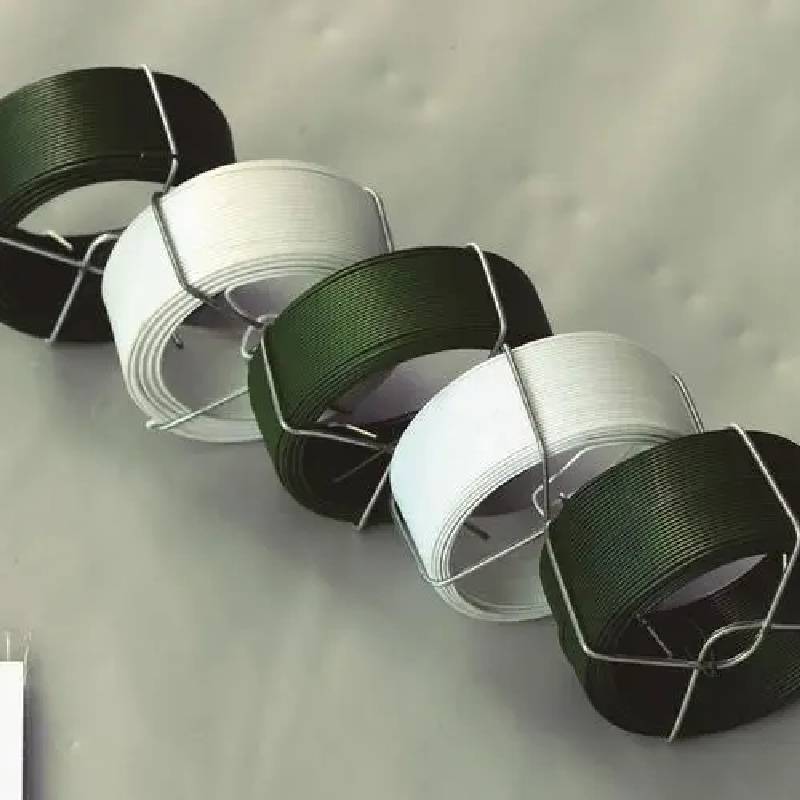
- Mobile Phone
- +8613931874955
- sales@cntcmetal.com
concrete reinforcement wire
Concrete Reinforcement Wire Enhancing Durability in Construction
In the realm of construction, ensuring the strength and longevity of structures is paramount. One of the key materials that has revolutionized modern construction practices is concrete reinforcement wire. This seemingly simple element plays a significant role in enhancing the structural integrity of concrete, which by itself tends to be brittle and weak when subjected to tensile forces. In this article, we will explore the importance, types, applications, and benefits of concrete reinforcement wire, illustrating its crucial role in contemporary construction.
Understanding Concrete and Its Limitations
Concrete is one of the most widely used construction materials across the globe. Its properties allow for versatility in design and strength in load-bearing capabilities. However, concrete has a fundamental drawback it has low tensile strength. When subjected to forces that attempt to elongate or stretch it, concrete can crack and fail. This limitation necessitates the use of reinforcement materials, which can absorb tensile loads more effectively.
What is Concrete Reinforcement Wire?
Concrete reinforcement wire, often referred to as rebar or wire mesh, is made from steel and is used to reinforce concrete structures. It is produced in various shapes and sizes, with the most common being steel bars and welded wire fabric. The primary function of reinforcement wire is to bear tensile forces, thus preventing the concrete from cracking and breaking under stress. By embedding these materials within concrete, engineers can design structures that withstand the rigors of environmental conditions and dynamic loads.
Types of Concrete Reinforcement Wire
There are several types of concrete reinforcement wire, each designed to serve different engineering needs
1. Steel Rebar This is the most common form of reinforcement wire, available in various grades and sizes. It is characterized by ridges, or deformations, on its surface, which help bond the rebar to the surrounding concrete.
2. Welded Wire Fabric This type of reinforcement consists of a grid of wires welded at intersections. It is often used in slabs and pavements where uniform strength is required.
3. Fiberglass Reinforcement In some applications, fiberglass reinforcement is used due to its resistance to corrosion and chemical damage. This is particularly useful in environments where traditional steel bars may corrode.
4. Epoxy-Coated Rebar This type of rebar is coated with an epoxy layer, providing enhanced corrosion resistance, making it ideal for structures in marine or extreme environments.
Applications of Concrete Reinforcement Wire
concrete reinforcement wire

Concrete reinforcement wire is utilized in a variety of construction applications, including
- Buildings In residential, commercial, and industrial buildings, reinforcement wire is used in foundations, walls, floors, and roofs to bear loads and resist cracking.
- Infrastructure Bridges, roads, and tunnels often employ concrete reinforcement to ensure durability against harsh weather and heavy traffic loads.
- Residential Projects In driveways, patios, and retaining walls, reinforcement wire enhances strength while reducing the risk of cracking.
- Precast Concrete Elements Reinforcement wire is crucial for precast concrete elements such as beams and columns, enabling them to maintain their shape and strength during transportation and installation.
Benefits of Using Concrete Reinforcement Wire
The use of concrete reinforcement wire brings numerous benefits to construction projects
- Improved Structural Integrity By reinforcing concrete, the tensile strength significantly increases, enabling structures to handle greater loads and resist failure.
- Crack Resistance The reinforcement helps distribute tensile stresses evenly throughout the concrete, minimizing the likelihood of cracks forming.
- Longevity Structures built with reinforced concrete have a longer lifespan, reducing maintenance costs and enhancing sustainability in construction.
- Versatility in Design Concrete reinforcement wire allows architects and engineers to design more complex and innovative structures without compromising on safety.
Conclusion
Concrete reinforcement wire is an indispensable component of modern construction, providing the necessary strength and resilience to concrete structures. By understanding the different types of reinforcement available and their specific applications, builders and engineers can create safer, more durable buildings and infrastructures. As construction technology continues to evolve, the significance of concrete reinforcement wire will undoubtedly remain a cornerstone of engineering practices, paving the way for innovative and sustainable development in the built environment.
share:
-
Why Sacrificial Formwork Is Redefining Underground ConstructionNewsJun.06,2025
-
The Structural Dynamics of Modern Concrete: How Snake Spacers Revolutionize Flexible ReinforcementNewsJun.06,2025
-
Snake Spacers Smart-Lock Concrete Reinforcement with Surgical PrecisionNewsJun.06,2025
-
Snake Spacers: Reinforcement Precision for Modern Concrete ProjectsNewsJun.06,2025
-
Snake Spacers Powering Concrete's Structural DNANewsJun.06,2025
-
Slither into Success: Snake Spacers' Precision Bite for Unbreakable ReinforcementNewsJun.06,2025
-
Sacrificial Formwork: Building Stronger, Faster, and Safer StructuresNewsJun.06,2025



















